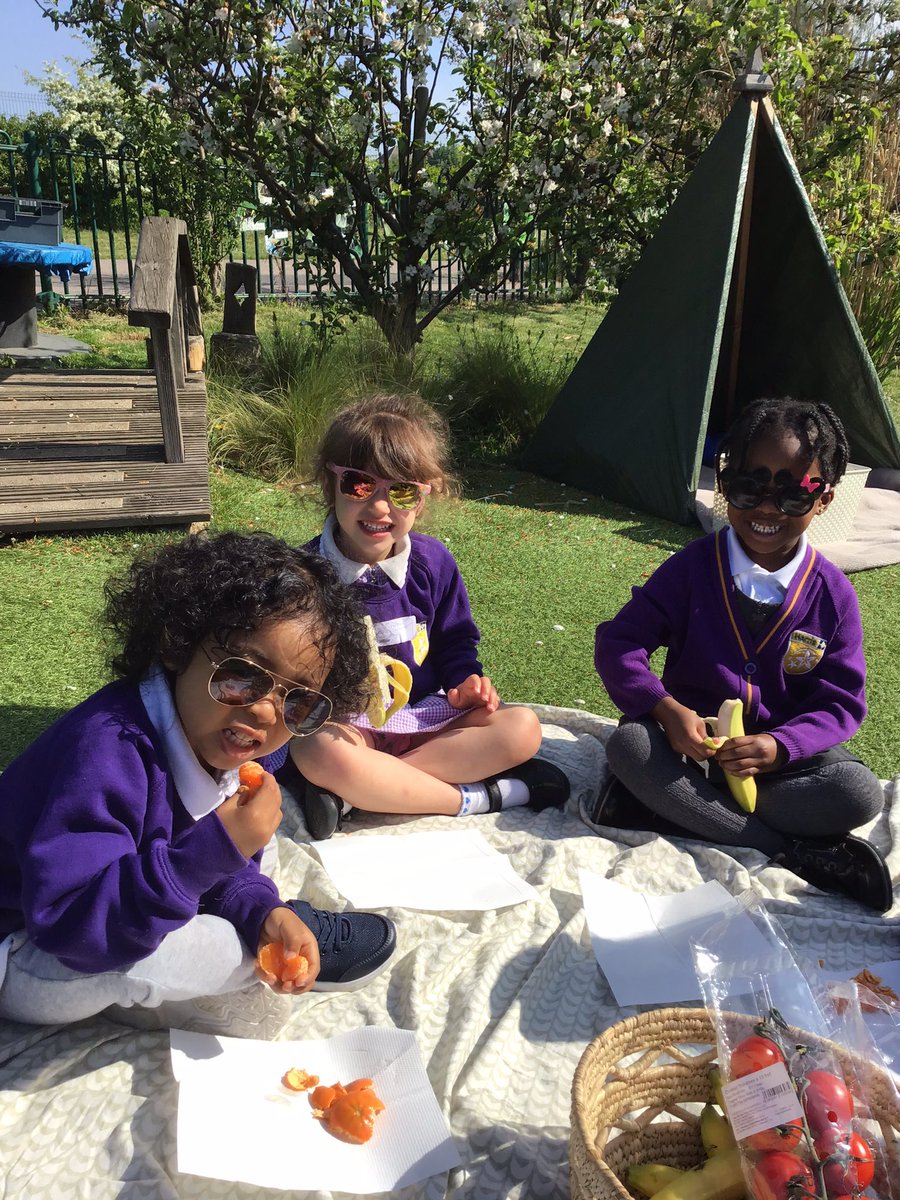Design and Technology
Design and Technology Intent, Implementation and Impact
Our design and technology curriculum covers the four main areas of:
Textiles
Structures
Mechanisms
Food technology
Intent: Introduction, Vision and Philosophy
The purpose of this document is to clarify the how, why, and what of design and technology teaching at Harris Primary Mayflower. This is to be used by staff to clarify expectations, highlight the resources that we have at our disposal, and to ensure that a high-quality design and technology curriculum is being taught to all. Design and Technology is a highly practical and creative subject, which will equip children with many of the life-skills that they will need for the future. Learning about how to fix things, build things, create and problem-solve are vital, and encompass some of the main skills that we want children to have when they leave our Academy. Design and Technology is all about solving real problems, and as such, is taught in the context of lots of different disciplines; children will use software to render 3D images in computing, design and create settlements in geography, and learn about food and nutrition in science. They will use their design skills to help them create art, and in history, learn about how design and technology have helped shape the world.
Implementation:
What does design and technology look like?
Overview:
At Harris Primary Mayflower our teaching of design and technology builds on the Early Learning Goals for Understanding the World, Technology, Exploring and using Media, and being Imaginative within the EYFS. We incorporate Design and Technology into children’s learning in other subjects to ensure that there is genuine purpose to the problems that they are solving. Each term a new unit is taught which is signposted using a new unit cover in the DT class book.
Unit
The teaching of design and technology is guided via the use of our progression document. We aim to provide varied lessons, both in presentation and outcome, to allow children to fully immerse and engage with the subject.
Impact
Evidence and Assessment
Pupils have the opportunity to record their learning in a variety of ways, which is recorded within their Design and Technology book. Evidence of the learning is dependent on the lesson outcome, year group and the skills and knowledge being developed. This can be in the form of: shared learning folder (KS1), extended writing, photographs of practical activities.
Learning walks, book scrutiny and pupil voice interviews will enable us to measure the impact of the teaching.
Subject leader moderation sessions will ensure our standards are at least on par with our local Federation schools.
Tarnjit Kaur
Design and Technology Leader

































